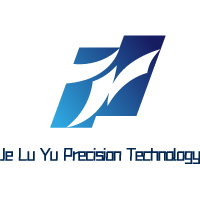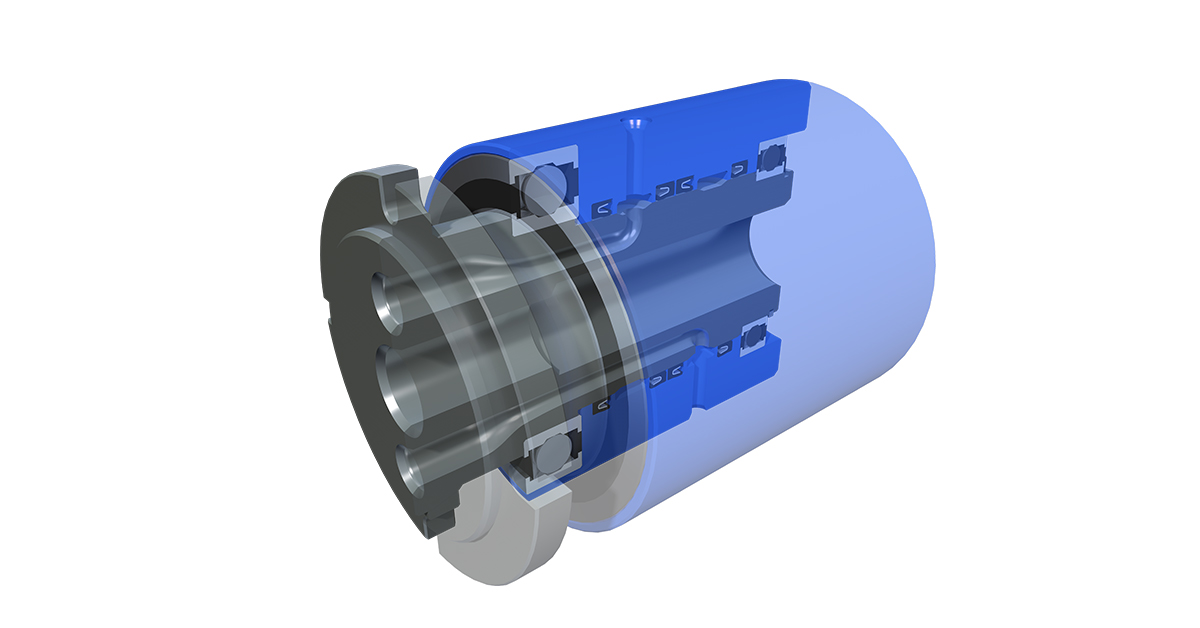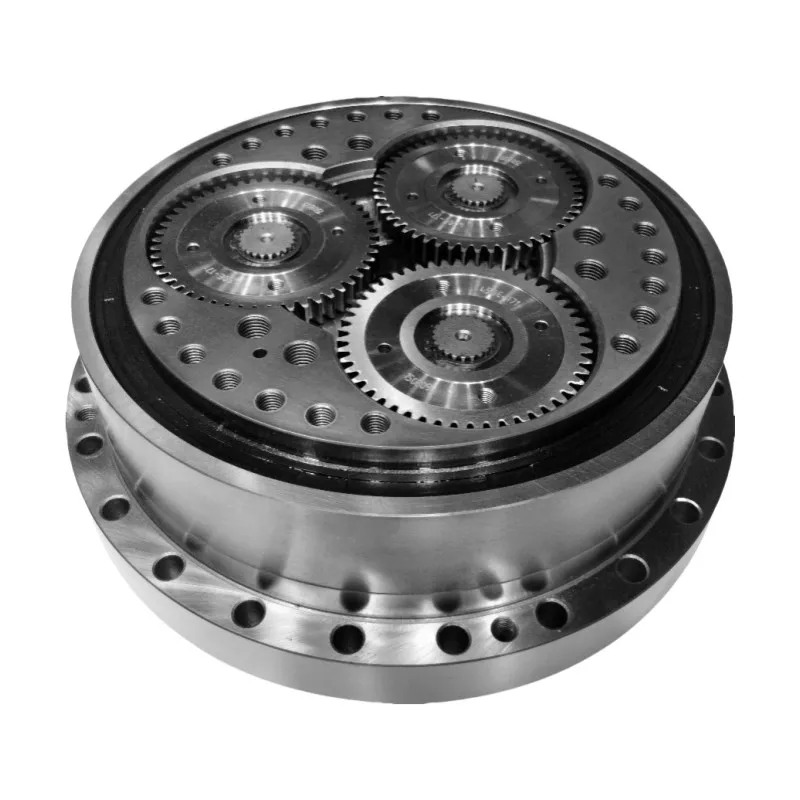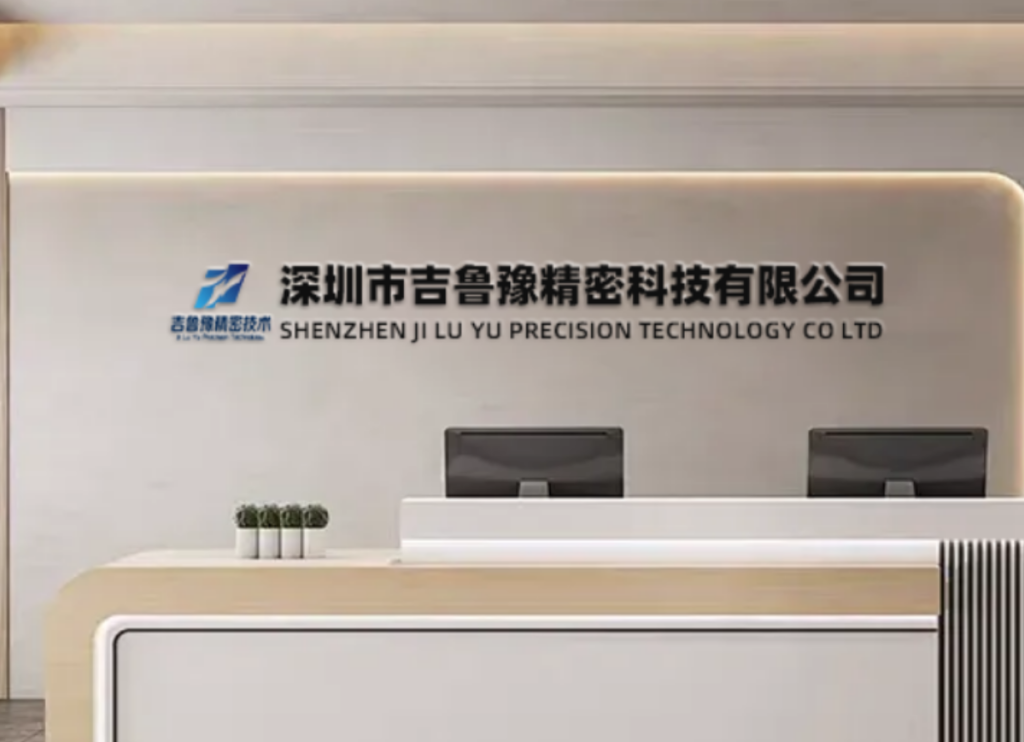9 Critical Manufacturing Techniques for High-Performance Actuators & Motors
Introduction: The Heart of Modern Automation Systems
In the rapidly advancing field of industrial automation and robotics, the performance and reliability of actuators & motors directly determine the capabilities of entire systems. These critical components serve as the primary muscle and motion sources for everything from delicate surgical robots to heavy-duty industrial automation. The manufacturing precision applied to actuators & motors components significantly impacts their efficiency, torque density, thermal management, and operational lifespan. As motion systems become increasingly sophisticated, the demand for higher performance and greater reliability in actuators & motors continues to escalate across all industrial sectors.
As specialized precision machining experts at JLYPT, we have developed comprehensive manufacturing methodologies for producing high-performance components for actuators & motors applications. This detailed technical analysis explores nine essential manufacturing techniques that transform engineering designs into reliable motion components, while examining the sophisticated engineering principles that ensure optimal performance in demanding operational environments.
1. Fundamental Classification of Actuators & Motors
1.1 Motor Technology Overview
Understanding the diverse landscape of actuators & motors begins with recognizing the fundamental technologies and their appropriate applications in modern automation systems.
Electric Motor Categories:
| Motor Type | Typical Applications | Torque Range | Speed Range | Efficiency | Cost Factor |
|---|---|---|---|---|---|
| Brushless DC | Industrial robotics, CNC systems | 0.1-500 Nm | 100-10,000 RPM | 85-95% | 1.0-2.5x |
| Stepper Motors | Positioning systems, 3D printers | 0.01-20 Nm | 10-2,000 RPM | 70-80% | 0.5-1.5x |
| AC Induction | Pumps, conveyors, heavy machinery | 1-5,000 Nm | 500-3,600 RPM | 80-90% | 0.8-1.8x |
| Servo Motors | Precision automation, robotics | 0.1-300 Nm | 1-6,000 RPM | 90-97% | 1.5-4.0x |
| Linear Motors | Semiconductor manufacturing, metrology | 50-5,000 N | 1-5 m/s | 85-92% | 3.0-8.0x |
1.2 Actuator Technology Classification
Actuators & motors encompass various technologies for converting energy into mechanical motion:
Linear Actuator Types:
-
Electromechanical: Ball screw, lead screw, and belt-driven systems
-
Hydraulic: High-force applications with fluid power transmission
-
Pneumatic: Fast-acting systems using compressed air
-
Piezoelectric: Ultra-precision motion with nanometer resolution
Rotary Actuator Technologies:
-
Electric Rotary Actuators: Gear-driven and direct-drive systems
-
Hydraulic Rotary Actuators: Vane and piston-type configurations
-
Pneumatic Rotary Actuators: Rack-and-pinion and vane designs
2. Advanced Materials for Actuators & Motors
2.1 Metallic Material Selection
The performance characteristics of actuators & motors are fundamentally influenced by material selection, with each application demanding specific mechanical and electromagnetic properties.
Comprehensive Material Selection Guide:
| Material Specification | Applications | Tensile Strength | Thermal Conductivity | Relative Cost |
|---|---|---|---|---|
| Aluminum 6061-T6 | Motor housings, heat sinks | 310 MPa | 167 W/m·K | 1.0x |
| Aluminum 7075-T6 | High-strength structural components | 570 MPa | 130 W/m·K | 2.5x |
| Stainless 304 | Corrosion-resistant parts | 515 MPa | 16 W/m·K | 3.0x |
| Stainless 17-4PH | High-strength shafts | 1,310 MPa | 18 W/m·K | 4.5x |
| Carbon Steel 1045 | General structural components | 585 MPa | 51 W/m·K | 0.8x |
| Alloy Steel 4140 | High-strength shafts and gears | 655 MPa | 42 W/m·K | 1.8x |
| Copper C11000 | Electrical components, bushings | 345 MPa | 388 W/m·K | 5.2x |
| Brass C36000 | Bearings, electrical connectors | 410 MPa | 115 W/m·K | 3.8x |
2.2 Specialized Material Applications
Electrical Steel Grades:
-
M19: Standard grade for general motor applications
-
M15: High-efficiency grade for premium motors
-
M6: Ultra-high efficiency for advanced applications
-
M3: Highest performance with minimal core losses
Magnet Materials:
-
Neodymium Iron Boron: Highest energy product for compact designs
-
Samarium Cobalt: High-temperature applications with good corrosion resistance
-
Ferrite: Cost-effective solution for general-purpose applications
-
Alnico: Excellent temperature stability with moderate energy product
3. Precision CNC Machining Methodologies
3.1 Multi-Axis Machining Strategies
The manufacturing of high-performance components for actuators & motors demands sophisticated machining approaches that combine accuracy with production efficiency.
5-Axis Simultaneous Machining:
-
Complex Geometry Handling: Ability to machine intricate cooling channels and complex housing geometries
-
Reduced Setup Time: Complete machining in single setups minimizes cumulative error
-
Optimal Tool Engagement: Continuous tool path optimization maintains consistent cutting forces
-
Superior Surface Finish: Elimination of stair-stepping artifacts reduces secondary operations
Turning Center Applications:
-
Live Tooling Capabilities: Combined turning and milling operations in single setups
-
C-Axis Contouring: Precision machining of off-center features and bolt patterns
-
Y-Axis Capability: Additional axis for complex off-center milling operations
-
Sub-Spindle Integration: Complete machining of both part ends in single operation
3.2 Specialized Machining Processes
High-Speed Machining Parameters:
| Material Type | Cutting Speed (m/min) | Feed Rate (mm/tooth) | Depth of Cut (mm) | Surface Finish (Ra μm) |
|---|---|---|---|---|
| Aluminum Alloys | 300-800 | 0.05-0.20 | 0.5-3.0 | 0.4-0.8 |
| Stainless Steel | 80-150 | 0.03-0.12 | 0.3-1.5 | 0.6-1.2 |
| Alloy Steel | 60-120 | 0.02-0.10 | 0.3-1.2 | 0.8-1.6 |
| Copper Alloys | 100-300 | 0.04-0.15 | 0.4-2.0 | 0.5-1.0 |
| Electrical Steel | 40-80 | 0.01-0.08 | 0.2-1.0 | 1.0-2.0 |
4. Critical Component Manufacturing
4.1 Motor Housing and Frame Production
The manufacturing of housings for actuators & motors requires precise control of dimensional accuracy and thermal management characteristics.
Housing Manufacturing Process:
-
Precision Boring: Achieving bearing seat tolerances within ±0.005mm
-
Thermal Management Features: Optimized cooling fin geometry and surface area
-
Mounting Interface Machining: Precise flange and base machining for accurate alignment
-
Sealing Surface Preparation: Specialized finishing for effective sealing performance
Quality Parameters:
-
Bore concentricity: 0.010mm maximum
-
Flatness: 0.015mm per 100mm
-
Surface finish: Ra 0.8-1.6μm for sealing surfaces
-
Thread quality: Class 4H or better for mounting features
4.2 Shaft and Rotor Manufacturing
The production of rotating components for actuators & motors demands exceptional attention to balance, straightness, and surface finish.
Shaft Manufacturing Techniques:
-
Centerless Grinding: Achieving diameter tolerances within ±0.0025mm
-
Hard Turning: Precision machining of hardened materials
-
Surface Hardening: Induction hardening and nitriding for wear resistance
-
Dynamic Balancing: High-speed balancing to G2.5 or better
Critical Specifications:
-
Straightness: 0.01mm per 300mm maximum
-
Surface hardness: 45-60 HRC depending on application
-
Keyway tolerance: ISO JS9 or tighter
-
Runout: 0.015mm maximum at bearing journals
5. Thermal Management Solutions
5.1 Heat Dissipation Design
Effective thermal management is crucial for maintaining performance and longevity in actuators & motors, particularly in high-duty-cycle applications.
Cooling Method Comparison:
| Cooling Method | Heat Dissipation Capacity | Complexity | Cost Factor | Applications |
|---|---|---|---|---|
| Natural Convection | 5-20 W/in² | Low | 1.0x | Small motors, low duty cycle |
| Forced Air Cooling | 20-50 W/in² | Medium | 1.5-2.0x | General industrial motors |
| Liquid Cooling | 50-200 W/in² | High | 3.0-5.0x | High-performance servos |
| Conduction Cooling | 30-80 W/in² | Medium | 2.0-3.0x | Compact designs, harsh environments |
| Phase Change | 100-500 W/in² | Very High | 5.0-10.0x | Extreme performance applications |
5.2 Advanced Thermal Management Features
Integrated Cooling Solutions:
-
Spiral Cooling Channels: Optimized fluid paths within motor housings
-
Heat Pipe Integration: Passive cooling for high heat flux areas
-
Thermal Interface Materials: Advanced compounds for improved heat transfer
-
Composite Materials: Thermally conductive polymers and metal composites
6. Precision Bearing and Alignment Systems
6.1 Bearing Selection and Integration
The performance and lifespan of actuators & motors are heavily dependent on proper bearing selection and precision installation.
Bearing Technology Comparison:
| Bearing Type | Speed Capacity | Load Capacity | Stiffness | Life Expectancy |
|---|---|---|---|---|
| Deep Groove Ball | High | Medium | Medium | 20,000 hours |
| Angular Contact | Very High | High | High | 30,000 hours |
| Cylindrical Roller | Medium | Very High | Very High | 25,000 hours |
| Tapered Roller | Medium | High | High | 22,000 hours |
| Ceramic Hybrid | Very High | Medium | High | 40,000 hours |
| Magnetic Bearings | Extreme | Low | Low | 100,000+ hours |
6.2 Alignment and Mounting Precision
Critical Alignment Parameters:
-
Shaft alignment: 0.025mm maximum offset
-
Parallelism: 0.015mm per 100mm
-
Bearing preload: Controlled within 2-5% of design specification
-
Thermal expansion accommodation: Designed for operational temperature range
7. Quality Assurance and Testing Protocols
7.1 Comprehensive Metrology Systems
The verification of actuators & motors components employs advanced measurement technologies and rigorous inspection protocols.
Dimensional Metrology:
-
Coordinate Measuring Machines: Volumetric accuracy to 1.8 + L/300 μm
-
Roundness Measuring Instruments: Accuracy to 0.025μm
-
Surface Roughness Testers: Ra measurement capability to 0.01μm
-
Optical Comparators: Magnification to 100x with digital measurement
Electrical Testing:
-
Hi-Pot Testing: Dielectric strength verification per UL standards
-
Insulation Resistance: Megohm testing at 500V DC
-
Winding Resistance: Four-wire measurement to 0.1% accuracy
-
Surge Testing: Turn-to-turn insulation integrity verification
7.2 Performance Validation
Dynamic Testing Protocols:
-
Efficiency Mapping: Input-output power measurement across operating range
-
Thermal Performance: Temperature rise verification under load
-
Vibration Analysis: FFT analysis to identify resonant frequencies
-
Noise Testing: Acoustic performance measurement in semi-anechoic chambers
Environmental Testing:
-
Thermal Cycling: -40°C to +150°C temperature range testing
-
Vibration Endurance: Random and sine vibration per MIL-STD-810
-
IP Rating Verification: Ingress protection testing for specified ratings
-
Salt Spray Testing: Corrosion resistance verification per ASTM B117
8. Application Case Studies
Case Study 1: High-Speed Packaging Robot
Challenge: A packaging automation company required high-performance actuators & motors for a new generation of delta robots operating at 400 cycles per minute with positional accuracy of ±0.05mm. The existing systems experienced thermal issues and bearing failures after 1,500 hours.
JLYPT Solution: We developed custom servo actuators & motors using aluminum 7075-T6 for structural components and integrated liquid cooling channels. The manufacturing process incorporated 5-axis simultaneous machining for complex housing geometries and precision grinding for shaft components. Special attention was paid to thermal management and bearing alignment.
Results:
-
Achieved continuous operation at 450 cycles per minute
-
Maintained positional accuracy within ±0.03mm
-
Extended service life to 12,000 hours between maintenance
-
Reduced energy consumption by 18% through improved efficiency
Case Study 2: Semiconductor Wafer Handling Robot
Challenge: A semiconductor equipment manufacturer needed ultra-clean actuators & motors for wafer handling robots with minimal particle generation and exceptional reliability in vacuum environments.
JLYPT Solution: Our engineering team designed specialized actuators & motors using stainless steel 17-4PH with mirror-like surface finishes. The manufacturing process emphasized debris-free assembly techniques and specialized lubrication systems compatible with vacuum environments. All components underwent rigorous cleaning and packaging procedures.
Results:
-
Achieved particle generation rates below Class 1 cleanroom requirements
-
Maintained performance through 20,000 hours of continuous operation
-
Enabled 30% faster wafer transfer cycles through higher acceleration
-
Reduced maintenance downtime by 80% through extended service intervals
Case Study 3: Heavy-Duty Industrial Manipulator
Challenge: An automotive manufacturer required robust actuators & motors for material handling robots with 500kg payload capacity and high shock load resistance. The existing systems experienced structural failures and bearing damage under heavy loads.
JLYPT Solution: We implemented heavy-duty actuators & motors using alloy steel 4140 with through-hardening to 38 HRC. The design incorporated increased shaft diameters and optimized bearing arrangements for higher impact resistance. Precision machining after heat treatment maintained geometric accuracy while achieving compressive residual stresses.
Results:
-
Achieved shock load capacity of 600% rated torque
-
Maintained performance through 15,000 hours of heavy-duty operation
-
Reduced maintenance requirements by 70%
-
Improved positioning repeatability for consistent operation
9. Future Trends and Innovations
9.1 Emerging Technologies
The evolution of actuators & motors technology continues with several promising directions:
Advanced Materials:
-
Carbon Nanotube Composites: Revolutionary strength-to-weight ratios
-
High-Temperature Superconductors: Dramatically increased power density
-
Shape Memory Alloys: Adaptive performance characteristics
-
Metamaterials: Customized thermal and electromagnetic properties
Digital Integration:
-
Embedded Sensors: Real-time temperature, vibration, and load monitoring
-
IoT Connectivity: Remote monitoring and predictive maintenance capabilities
-
Digital Twins: Virtual modeling and performance optimization
-
AI-Driven Control: Adaptive performance based on operational conditions
9.2 Manufacturing Technology Advances
The future of actuators & motors manufacturing includes:
Additive Manufacturing:
-
Complex Cooling Channels: Optimized thermal management geometries
-
Integrated Structures: Combined multiple components into single pieces
-
Customized Designs: Application-specific optimization
-
Lightweight Structures: Topology-optimized weight reduction
Sustainable Manufacturing:
-
Energy-Efficient Processes: Reduced environmental impact
-
Recyclable Materials: Closed-loop material usage
-
Green Manufacturing: Environmentally conscious production methods
-
Lifecycle Optimization: Design for extended service life and recyclability
Conclusion: Engineering Excellence in Motion Systems
Actuators & motors represent the culmination of advanced manufacturing technologies, materials science, and precision engineering. The nine manufacturing techniques explored—advanced material selection, precision CNC machining, thermal management, bearing integration, quality assurance, electrical optimization, application-specific engineering, performance validation, and future innovation—demonstrate the comprehensive approach required to produce components that meet the exacting demands of modern automation systems.
As motion technology continues to advance, the requirements for actuators & motors will become increasingly demanding, driving further innovation in manufacturing technologies and material science. The integration of digital technologies, advanced analytics, and sustainable manufacturing practices will ensure that motion components remain at the forefront of industrial innovation.
At JLYPT, our commitment to manufacturing excellence ensures that every component we produce for actuators & motors meets the highest standards of performance, reliability, and efficiency. Through continuous improvement and rigorous quality assurance, we enable our partners to achieve new levels of capability and performance in their automated systems.
For engineering teams seeking to enhance their motion systems through superior component manufacturing, contact JLYPT today to discuss your specific requirements and discover how our manufacturing expertise can contribute to your success in the competitive field of industrial automation.








